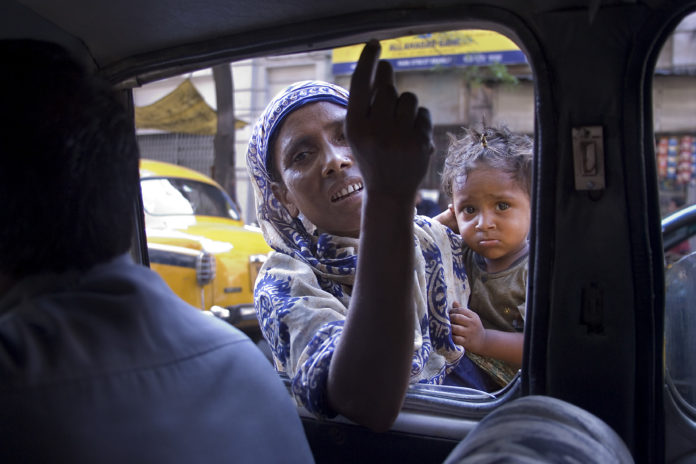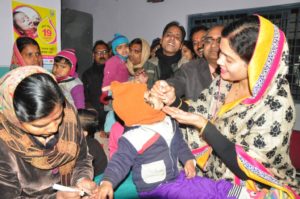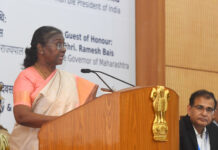
India’s effort to reduce maternal and neonatal death. IMR for UP is 64 per 1000 live births against the national average of 41
 Community and primary health centers across Uttar Pradesh achieved marked improvement in the quality of childbirth care delivered for women and newborns using a checklist and coaching intervention, but the improvements were insufficient to change death rates, according to a new study.
Community and primary health centers across Uttar Pradesh achieved marked improvement in the quality of childbirth care delivered for women and newborns using a checklist and coaching intervention, but the improvements were insufficient to change death rates, according to a new study.
The BetterBirth study is one of the largest ever conducted in maternal-newborn health, with more than 300,000 women and newborns. It has been published in the New England Journal of Medicine. In the randomized study conducted from 2014 to 2016, birth attendants and managers at 60 rural health centers in Uttar Pradesh were coached on use of the WHO’s Safe Childbirth Checklist. Uttar Pradesh is India’s most populous state and has among the highest birth-related mortality rates in the country, making it strategically critical to
India’s effort to reduce maternal and neonatal death. IMR for UP is 64 per 1000 live births against the national average of 41.
The research was led by Ariadne Labs, a joint center of the Harvard T.H. Chan School of Public Health and Brigham and Women’s Hospital in Boston, in partnership with the Governments of India and Uttar Pradesh; Community Empowerment Lab in Lucknow, India; Jawaharlal Nehru Medical College in Belgaum, India; Population Services International, and the World Health Organization. It was supported by the Bill & Melinda Gates Foundation.
The WHO’s Safe Childbirth Checklist was designed to target the seven major causes of death by helping birth attendants consistently follow basic practices
The quality of care around the time of childbirth has been recognized globally as a major contributor to the persistently high rates of preventable maternal and infant deaths in childbirth, even though more women are delivering babies at facilities. The WHO’s Safe Childbirth Checklist was designed to target the seven major causes of death by helping birth attendants consistently follow basic practices such as handwashing and use of clean gloves to prevent infection, monitoring and treatment of women’s blood pressure to prevent eclampsia and provision of uterine massage and appropriate medication to prevent maternal hemorrhage.
After two months of coaching, birth attendants completed 73% of the essential birth practices, 1.7 times better than the control arm at 42%. “Overall, we found that coaching birth attendants and managers to use the WHO Safe Childbirth Checklist produced greater adherence to essential birth practices, representing significant improvements in care for women and newborns,” said BetterBirth Director Dr. Katherine Semrau, an epidemiologist at Brigham and Women’s Hospital, assistant professor at Harvard Medical School, and the study’s lead author.
“We found that the Checklist and coaching encouraged better communication and teamwork among birthing teams, helped clinical teams identify gaps in care, empowered birth attendants to solve problems around supply availability, fostered a more patient-centered culture, and served as a point of pride for facilities that followed the Checklist. With moving quality of care in the right direction, we can focus on additional requirements to impact mortality, she added.”













